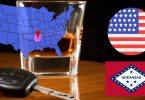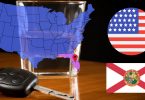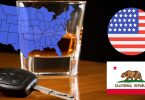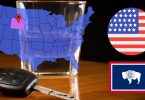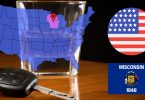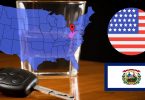In North Carolina, it’s illegal for a driver to have a blood alcohol concentration (BAC) at or above 0.08% (equivalent to 80 milligrams of alcohol per 100 milliliters of blood).
What is the legal alcohol limit for driving in North Carolina?
In North Carolina, the legal alcohol limit for driving varies depending on the type of driver’s license and the driver’s age. These limits are set to ensure road safety and reduce the risks associated with drunk driving. Below are the specific legal blood alcohol concentration (BAC) limits for different categories of drivers:
- Regular Drivers: The legal BAC limit is 0.08%. This applies to the majority of drivers operating personal vehicles.
- Commercial Drivers: Individuals holding a commercial driver’s license are subject to a stricter BAC limit of 0.04%, reflecting the higher standards for professional drivers.
- Minors (Under 21): For drivers under the age of 21, North Carolina enforces a zero-tolerance policy. It is illegal for these individuals to drive with any detectable amount of alcohol in their system, emphasizing the importance of absolute sobriety for young drivers.
How Can I Calculate If My Alcohol Blood Limit Is Legal in North Carolina?
In North Carolina, the legal alcohol limit varies depending on the type of driver. Regular drivers must stay below a Blood Alcohol Concentration (BAC) of 0.08%, commercial drivers have a limit of 0.04%, and minors under 21 are not allowed any detectable alcohol in their system. Law enforcement officials in North Carolina determine a driver’s BAC level primarily through the use of breathalyzer tests during traffic stops or checkpoints if they suspect impairment. In more serious cases, blood tests may also be administered to accurately measure the alcohol content in the bloodstream.
To ensure you’re driving within the legal BAC limits, consider these two methods for checking your BAC level:
- Use a High-Quality Alcohol Breathalyzer: As a former phlebotomist with a decade of experience, I recommend the BACtrack S80 for those in North Carolina. It is known for its professional-grade accuracy and is both DOT & NHTSA approved and FDA 510(k) cleared. Keeping a device like the BACtrack S80 in your vehicle can be a practical way to assess your BAC, providing you with a clear indication of whether or not you’re within the legal limit. This device can be particularly useful as it’s common for individuals to misjudge their level of impairment.
- Utilize a BAC Calculator: Together with fellow phlebotomists and web developers, I’ve developed an online BAC calculator. This tool considers factors such as your weight, the type and amount of alcohol consumed, and the time elapsed since drinking to estimate your BAC level. It’s designed to give you a better understanding of how your alcohol consumption might affect your BAC, helping you make informed decisions about driving.
It’s important to remember that while both a high-quality breathalyzer and a BAC calculator can offer valuable insights into your level of impairment, they do not guarantee 100% accuracy. Factors like metabolism, food intake, and individual health can affect BAC readings. Therefore, these tools should be used as guidelines to help you avoid driving when you might be over the legal limit, rather than as definitive measures of your ability to drive legally or safely.
By employing these methods, you can take a responsible step towards ensuring your safety and the safety of others on the road. However, the safest policy is always not to drive if you’ve consumed alcohol or if you’re unsure of your BAC level.
Ways to Avoid Driving with a High BAC in North Carolina
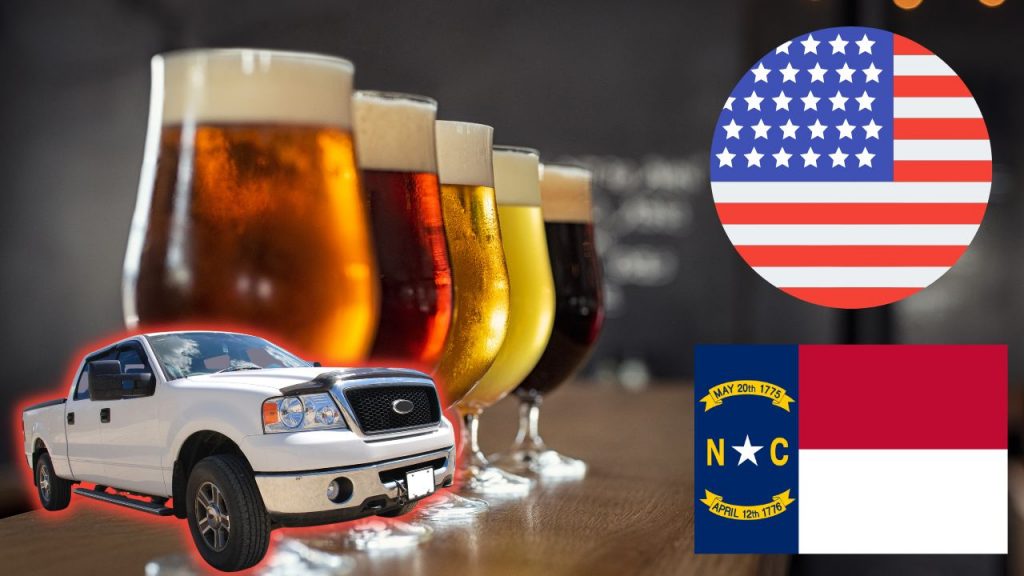
Driving with a high Blood Alcohol Concentration (BAC) is not only illegal in North Carolina but also extremely dangerous. Fortunately, there are several strategies and services available to ensure you can enjoy your night out without risking a DWI charge or, more importantly, your safety and that of others. Here are practical recommendations:
- Utilize Ride-Sharing Apps or Local Taxi Services: One of the most convenient and safe options is to use a taxi or ride-sharing service. Apps like Uber and Lyft are widely available in North Carolina and offer an easy way to get home safely. Additionally, local taxi services provide a reliable alternative. In Charlotte, for example, you can opt for Charlotte Taxi Service, while in Raleigh, Trivia Taxi is a popular choice. These services are just a phone call or app tap away and can significantly reduce the risk of driving under the influence.
- Order a Designated Driver Service: If you find yourself in a situation where you’ve driven to an event and consumed alcohol, leaving your car behind might not be your preferred option. In such cases, designated driver services are invaluable. These services provide a driver who will drive you home in your own vehicle. In Charlotte, Miranda Movers and Personal Driver offer such services, and in Raleigh, you can rely on Car Service Raleigh LLC. A simple Google search for “designated driver service” in your city will reveal local options, ensuring you and your car get home safely without violating any laws.
These alternatives not only help in avoiding legal troubles but also play a crucial role in keeping the roads safe for everyone. By planning ahead and choosing not to drive after drinking, you contribute to a safer community and set a responsible example for others. Remember, the cost of a ride home is always worth it compared to the potential consequences of driving with a high BAC.
Sticking to DWI Laws in North Carolina: Sad Statistics
NHTSA 2020 statistics reveal that 30% of traffic deaths in North Carolina were due to drivers with BAC levels of 0.08% or higher. The state is actively working to reduce incidents of drunk or drugged driving.
It’s crucial to avoid drinking and driving. Opt for a cab, Uber, or a designated driver service instead. Before driving, ensure your BAC is legal with an alcohol breathalyzer.
For the latest on DWI laws, visit North Carolina’s official website. Misunderstandings about alcohol’s impact on driving are common, so it’s important to be cautious. Driving impaired can lead to loss of control over yourself and your vehicle.
Don’t risk driving after drinking, even if you feel sober. Monitor your BAC to ensure it’s below North Carolina’s legal limit, using a reliable breathalyzer for accuracy. Stay informed on DWI regulations by checking the state’s website regularly.


